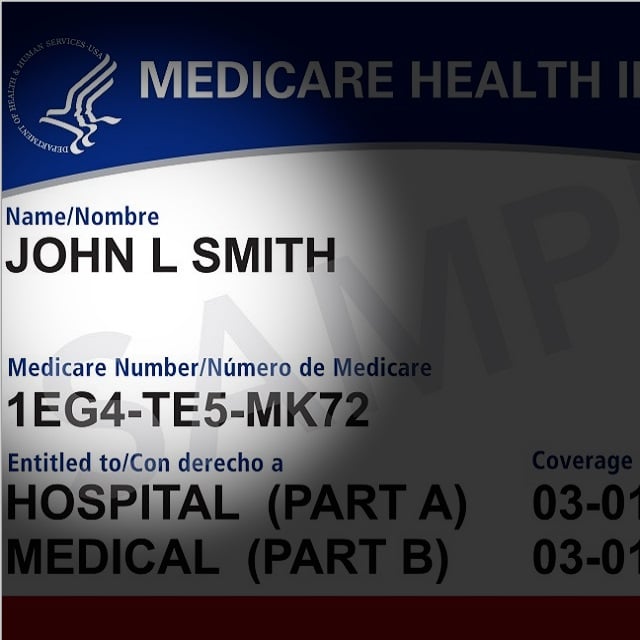U.S. Seems to Have a Pushy COVID-19 Strain: Researchers
The SAR-CoV-2 20C-US Clade
A virus "genome" is the collection of genetic material that helps a virus replicate. A SARS-CoV-2 genome is a string made up of four different types of "nucleotides," or molecules: adenine (A), guanine (G), cytosine (C) and uracil (U). When a SARS-CoV-2 virus particle replicates, a few of the nucleotides in the genome change. Researchers use genome mutation patterns to distinguish between different SARS-CoV-2 strains, and to determine when and where a strain evolved. If, for example, part of one SARS-CoV-2 genome had the nucleotide sequence UCUCUC, and the comparable sequence in another SARS-CoV-2 genome was UCUCUA, researchers would assume the virus strains in those samples were closely related, because only the last nucleotide in each sequence was different. If one sample had the sequence UCGAGA in one place, and another sample had the sequence GUUCUA in the same location, researchers would assume those strains were only distantly related, because most of the nucleotides were different. Jones' team says that each major region in the world, including each U.S. state, is developing its own distinctive SARS-CoV-2 variants, or SARS-CoV-2 mutation patterns, because pandemic-related travel restrictions limit how often people with one region's strains spread their strains in other places. The mutations that distinguish the 20C-US SARS-CoV-2 variant family started to show up in the United States, in Minnesota and Louisiana, in March, and then spread to Arizona in early April, the Jones team says. More distinctive mutations showed up in states like Wisconsin and Illinois over the summer. In August, a Q677H mutation appeared in Minnesota and Wisconsin. Today, strains with the Q677H mutation account for about 10% of SARs-CoV-2 20C-US genomes, and the Q677H strains are especially common in patients in Michigan, Minnesota and Wisconsin, according to the Jones team. The researchers say that analyzing why virus strains spread is tricky, but that the Q677H strains seem to have started to spread rapidly despite travel restrictions. Researchers should study SARS-CoV-2 variants more carefully, but "the rise of 20C-US coincides with substantially reduced case fatality rates across the U.S. despite a sharp rise in cases," the Jones team says. "While clear evidence is lacking, it is plausible that 20C-US represents a SARS-CoV-2 variant with higher transmissibility but milder illness." A milder strain might be able to spread more quietly than a deadlier strain, the researchers say. This is something similar to the influenza virus that caused the catastrophic 1918 pandemic, the Jones team says. The original, deadly 1918 virus strain seems to have died off, but a milder daughter strain survived, and its descendants still cause seasonal flu today, the researchers say.
Pandemic Tracking Data
The weekly White House Coronavirus Task Force reports provide national pandemic intensity indicator figures that are related to but somewhat different from the intensity indictors given in the daily federal COVID-19 Community Profile Report updates. Here's what happened to some of the key national COVID-19 indicators included in the state-level reports between the week ending Jan. 1 and the week ending Jan. 8:
- New Cases per 100,000 People: 532 (up from 413)
- Percentage of People Tested Who Had COVID-19: 14.3% (up from 13.1%)
- COVID-19 Deaths per 100,000: 6.4 (up from 5.3)
- Nursing Homes With 1 or More New Resident COVID-19 Deaths: 16% (up from 15%)
© 2025 ALM Global, LLC, All Rights Reserved. Request academic re-use from www.copyright.com. All other uses, submit a request to [email protected]. For more information visit Asset & Logo Licensing.
Featured Resources
View All
Sponsored by Illinois Mutual Life Insurance Company
4 Reasons To Sell Simplified Issue Disability Income Insurance (SIDI)

Sponsored by Illinois Mutual Life Insurance Company
Simplified Issue Disability Income Insurance (SIDI): A Smarter Way to Sell and Protect







